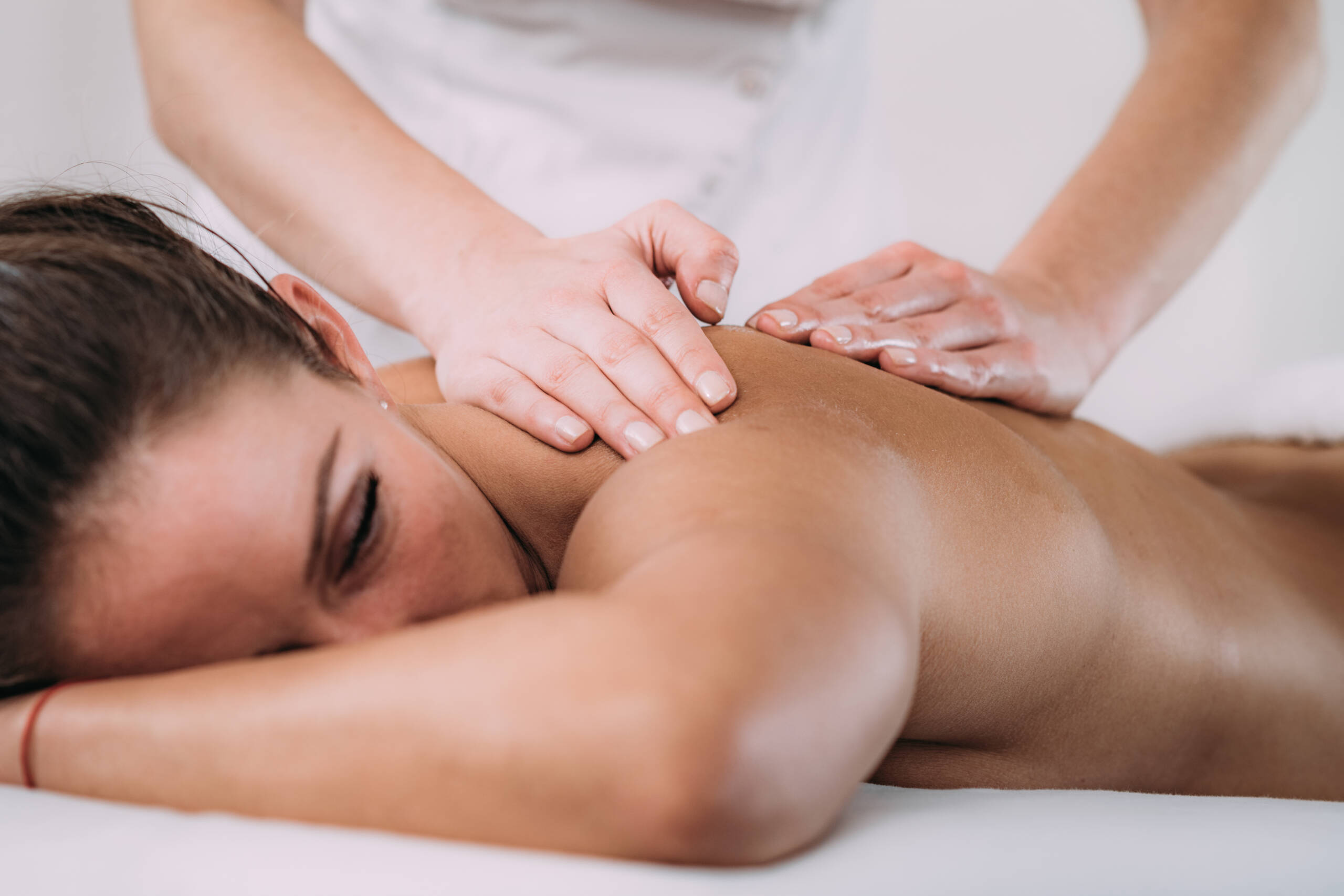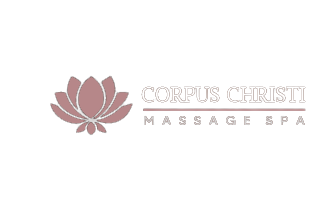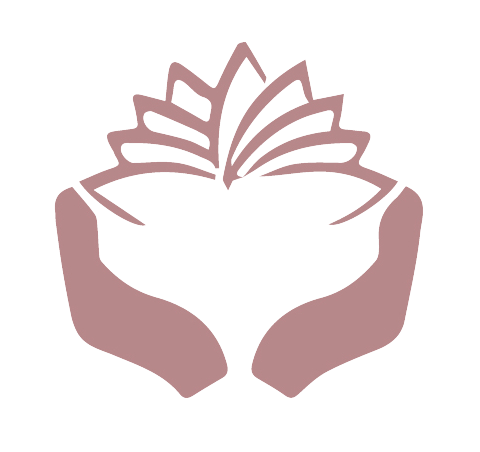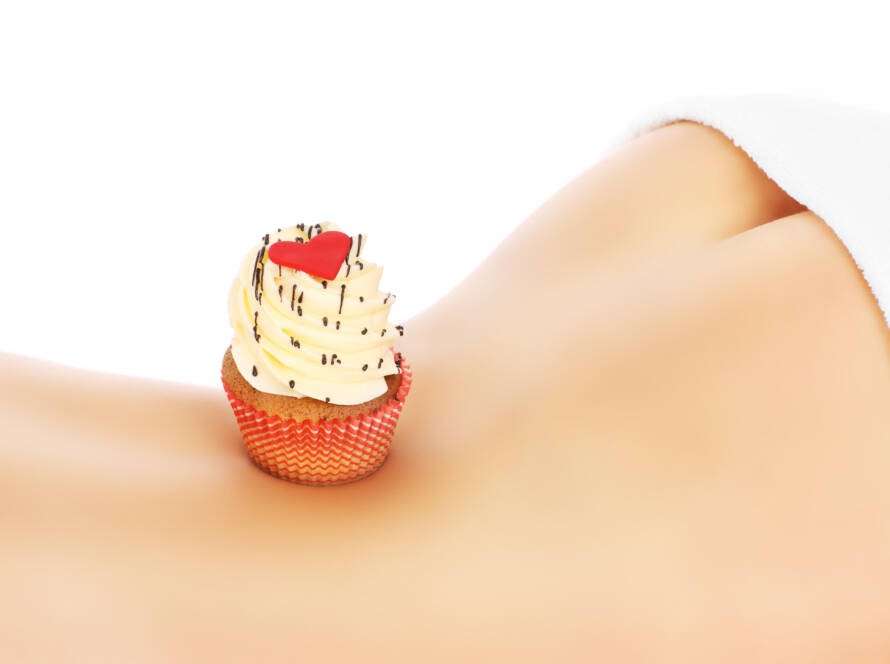Recharge and Recover with a Basic Massage: How It Can Help You
If you’ve been feeling run down, like your day-to-day life has finally caught up with you, it might be time to consider getting a massage. Massages are a great way to reconnect with your body and mind, providing a moment to chill out, relax and reboot. Not only can a massage be a great way to reduce stress and free up your energy, but the physical benefits of a good massage can actually do wonders for your overall well-being too. In this blog post, we’ll explore some of the ways a basic massage can help you recharge, recover and feel your best.
Quick Explanation of Key Question
A basic massage can provide relief from tension and reduce stress, which can be beneficial for both physical and mental recovery. Additionally, it can help improve circulation and can aid in reducing pain or discomfort from chronic conditions.
Benefits of a Basic Massage
A basic massage can provide both physical and psychological benefits. Physically, it can help to improve circulation, decrease stress, and reduce pain and tension in the body. This is because massage helps to release endorphins, which are hormones that have been shown to reduce pain. Massage also encourages relaxation of the muscles in the body, leaving you feeling more refreshed after a session.
Psychologically, massage has been found to be incredibly helpful for stress relief. Research has indicated that massage induces a state of deep relaxation, leading to improved focus and mental clarity. In fact, a study from 2015 found that just one massage session was associated with reduced feelings of anxiety and depression while also increasing positive feelings like happiness and joyfulness [Source]. Ultimately, physical touch is known to be an essential part of human connection, which can make any person feel more emotionally connected and supported in times of stress or hardship.
While there are certainly many tangible benefits linked to basic massages, there are potential risks involved as well that should be considered before scheduling an appointment. For example, people with certain medical conditions may not experience the same benefits as others due to the risk of muscle relaxers being impacted by pre-existing illness or injury. It is important to always thoroughly discuss your health history with your massage therapist beforehand and make sure they take into account any special considerations when preparing your massage plan and routine.

Thanks to its many physical and psychological benefits, a basic massage can truly be an invaluable experience for anyone looking for relief or rejuvenation in their daily life; however it is critical to recognize any potential risks beforehand in order to ensure a safe and enjoyable therapy experience. Moving forward we will explore how relaxation and stress relief are two common motivations behind people who choose a basic massage therapy program.
-
According to a study published in the Journal of Alternative and Complementary Medicine (JACM), receiving regular massages can help significantly reduce anxiety levels.
-
A 2019 meta-analysis examining the physiological effects of massage therapy found that it could reduce pain levels by up to 22%.
-
A study published in the International Journal of Sports Physical Therapy also found that massage therapy was an effective treatment for reducing postexercise muscle soreness.
Relaxation and Stress Relief
Relaxation and stress relief are two key benefits of a basic massage. Studies have shown that even a single massage session can help reduce cortisol levels and increase endorphins, both of which play an important role in helping the body to relax and reduce stress. Additionally, incorporating regular massage sessions into your self-care routine can help build emotional resilience and strengthens the mind’s ability to stay calmand balanced.
The relaxation response one experiences while receiving a basic massage is beneficial both physically and mentally. Physically, the process of massage helps reduce heart rate and slow breathing rate, allowing for improved circulation throughout the body. Mentally, the massage experience is calming and helps alleviate mental distress caused by stress or other emotions.
The debate around relaxation versus stress relief regarding basic massage has been made more complex as different populations report varying levels of benefit. Some report increased relaxation, while others may not see substantial benefits until multiple massage sessions have been received. However, many agree that the overall effect of massage is calming, leading to alleviated stress and improved relaxation {MayoClinic}.
No matter what someone’s feelings about their own level of benefit are after just one session, it’s important to recognize that massage offers an overall sense of wellbeing that cannot be replicated or experienced in any other way. With its natural ability to facilitate physical, mental and emotional balance, a basic massage provides an opportunity to recharge and recover with profound restorative effects. This healthier state of being can lead to increased joint mobility as muscles begin to soften due to reduced tension.
Increased Joint Mobility
In addition to the improved relaxation and stress relief you experience from a basic massage, increased joint mobility is another benefit. The motion of massage strengthens muscles by stretching through full range of motion. It helps joints move better and improve coordination. This combination of strengthening and mobility helps create lasting comfort and improved performance in everyday activities.
The evidence to support the benefits for joint mobility are supported by numerous scientific studies report that massage has shown to reduce tightness, spasms, pain and fatigue, while increasing flexibility and joint range-of-motion (USCF). This is further backed up with research looking into how athletes can use massage to help prevent injury or improve injury rehabilitation. Many argue that avoiding an injury through increased joint mobility will lead to improved performance due to reduced chances of re-injury.
Complementing a healthy lifestyle is key to maintain well balanced body and mind. And part of that includes taking care of joints so they can perform optimally both during everyday activities and physical exercise. Thankfully, a basic massage can help with this in addition providing much needed relaxation and stress relief. With these benefits in mind, it’s time to look into how to give yourself a basic massage….
How to Give Yourself a Basic Massage
Giving yourself a basic massage may seem daunting at first, especially if you’ve never done it before. However, with the right approach, it can be an effective way to promote your own well-being. Here’s how:
First and foremost, establish a calm atmosphere. Dim the lights and put on some relaxing music. Then begin by massaging your body with circular movements. Start with your feet and slowly work up the legs and arms. The most important thing is to make sure you apply gentle pressure above any sensitive areas of your body. As you go along, focus on breathing deeply and allowing your muscles to relax naturally into the soft tissue manipulation.
If you feel any tenderness or soreness in areas of high tension, debate for yourself whether or not you should work that area out or avoid it completely. On one hand, manual manipulation can help release built-up tension and restore normal joint mobility; however, too intense a pressure could leave behind soreness afterward or cause physical harm if carried on too long in some cases. This is where being mindful of your own body and its needs becomes especially important.
When choosing to give yourself a basic massage, ensure that you take small breaks as necessary between strokes. Remember that massages are supposed to be relaxing experiences rather than stressful ones; therefore, if it feels uncomfortable in any way during the process – stop immediately until your body is ready again to continue.
The general practice of giving oneself a basic massage doesn’t have any obvious disadvantages so long as the sensitivity of the body is taken into account. And now that increased joint mobility has been achieved with just the right touch of a self-massage, let’s look at what supplies are necessary to get started on this self-care journey.
What Supplies to Have on Hand
Having the right supplies on hand can make all the difference when it comes to giving yourself a basic massage. Depending on your preferences, there are a variety of items that can be used during a massage. For example, many people prefer to use unscented massage oil or lotion as it helps reduce friction and makes the experience more comfortable. Other items that may be helpful are pillows, towels, and blankets for comfort, as well as soft music or aromatherapy if desired. Massage tools such as foam rollers or lacrosse balls work wonders to target deep-seated tension and pressure points.
While it is not necessary to have all of these items on hand, having at least a few is essential for achieving an effective self-massage. Proponents of using additional supplies argue that they help facilitate relaxation and better circulate blood flow during the massage. However, opponents suggest that having too many props can get in the way of the actual work being done and make it difficult to focus on the massage movements. As with anything else in life, it is important to find what works best for you.
No matter what supplies you decide to use during your basic massages, one thing is for sure: doing so will significantly improve your ability to effectively relieve tension and pain in your body. By taking the time to properly invest in yourself through massage, you will reap greater rewards in improved physical health and wellbeing. With this knowledge in mind, it is now time to consider when professional help should be sought out instead of attempting a self-massage at home.
Top Highlights
Taking the time to properly invest in yourself through massage can significantly improve your physical health and wellbeing. Having supplies on hand, such as massage oil or lotion, pillows, towels, blankets, music or aromatherapy, and tools such as foam rollers or lacrosse balls, can help facilitate relaxation and increase blood flow to help effectively relieve tension and pain in the body. While it is not necessary to have all of these items on hand, having at least a few is essential for achieving an effective self-massage. Professional help may be sought out if necessary.
When to Seek Professional Help
When considering when to seek professional help for massage, it is important to understand that basic massage can be performed safely and effectively on oneself. However, there are certain medical conditions for which professional help is highly recommended. For instance, those who suffer from muscle strain or spasm, joint pain and inflammation, injury related scar tissue, circulatory problems such as varicosities, and degenerative joint or muscular conditions such as arthritis should always seek the assistance of a licensed massage therapist to ensure proper body manipulations, correct application of pressure and intensity, and effective situational use of either heat or cold as necessary.
For more serious and chronic issues requiring therapeutic treatment, seeking out a certified healthcare practitioner with experience in massage therapy may provide greater safety and effectiveness than performing self-massage alone. Gradually increasing the intensity of the massage under an experienced practitioner’s guidance helps build strength in the affected area while preventing further trauma or damage in case of any underlying condition. Additionally, expert manipulation of trigger points can be incredibly powerful in relieving pain quickly with long lasting effects.
In most cases though, self-massage can be performed with great success either during recovery from injury or to prevent overuse problems in people who are physically active. As long as proper technique is used, a variety of simple massage tools will help reduce tension and promote relaxation even better than some professional services depending on personal preference and comfort level. With that said, it is important for individuals to know the limits of their own abilities, especially when it comes to managing discomfort by safely addressing deeper areas of localized pain.
As such, seeking professional help is often highly recommended when dealing with complex medical conditions or repetitive-stress injuries such as carpal tunnel syndrome since prevention and care strategies designed specific to these cases are best left in the hands of an experienced therapist. With all that considered though, self-massage as an effective form of supple tissue mobilization using relaxation techniques is surely rewarding when done right. Therefore it is wise to learn more about basic massage techniques before transitioning into the next step towards avoiding potential risks associated with self-massage.
When to Avoid Self-Massage
Self-massage can be a great way to relax and promote good circulation, but it is not always an ideal solution. There are certain circumstances when it is beneficial, but there are also times where it should be avoided, or professional help should be sought.
When dealing with an injury or medical issue, it is important to seek professional help first. Self-massage can potentially make the injury worse if done incorrectly. Additionally, a massage therapist can assess the dysfunction and better target specific areas in need of attention. Massage therapists also have access to more advanced techniques that go beyond the scope of self-massage.
Even if one feels no pain or soreness in a certain area, self-massage isn’t always safe. Research has shown that massaging certain areas can lead to injury. Areas with tightness are usually much more fragile than they appear and require gradual stretching and mobilization before they can be fully manipulated safely. In certain cases involving areas such as the spine or upper/lower extremities, deep applicative techniques should only be used by certified professionals with experience working with those areas.
It is important for individuals using self-massage to understand their own anatomy and levels of tolerance for different types of massage pressure. If you don’t feel comfortable manipulating the area yourself, it is best to seek professional help. It is also important to note that self-massage should only be used as complementary therapy and does not replace professional advice from a qualified health practitioner when needed.
Answers to Commonly Asked Questions
What types of massage are best for recuperation purposes?
The type of massage that is best for recuperation purposes depends on the area being treated and the individual’s needs. Generally speaking, Swedish massage is often used to help people recover from an injury due to its relaxing and gentle strokes. It helps with circulation, encourages muscle healing, and can reduce inflammation. Shirodhara Ayurveda massage can also be very beneficial for recovering from an injury as it helps with lymphatic movement and provides a calming effect on the nervous system while also releasing toxins. Deep tissue massage is another good option to help with recovery from an injury as it targets specific areas of muscle tension and releases tightness in those areas. Lastly, reflexology is a great way to promote relaxation and increased energy flow throughout the body, which can be helpful for anyone in the process of recovering from an injury.
How often should I get a massage for faster recovery?
The frequency of massage sessions will depend on the type of injury or condition you are trying to recover from and the severity. Generally speaking, it is a good idea to get a massage at least once a week for at least 8-10 weeks in order to reap the maximum benefits. This allows your body time to heal and time to adjust and change your posture, habits, and muscle tone that might have been contributing to the issues. Additionally, massages can be helpful both physically and mentally; they can help reduce feelings of stress, anxiety, depression, and pain while also enhancing overall wellbeing. However, before beginning a regular massage routine, it is best to discuss with your doctor or therapist to ensure that it is safe and appropriate for your particular needs.
What are the benefits of getting a massage for recovery?
A massage can be incredibly beneficial for your recovery, both physically and mentally. Physically, a massage can help improve circulation and reduce soreness, tightness, stiffness, or pain that may have arisen from physical activity. It can also help to break down scar tissue that has built up in the muscles, allowing for better healing and mobility.
Additionally, a massage is incredibly helpful for mental recovery and can reduce stress, decrease anxiety levels, and boost your overall mood. It has been shown to increase relaxation and stimulate the production of endorphins, which are hormones that make us feel good. Massage can also aid in improving overall sleep quality by lowering cortisol levels and providing total body relaxation.
In summary, there are numerous benefits of a massage when it comes to recovery; physically it helps with circulation and reducing pain, while mentally it reduces stress, increases relaxation and produces feel-good hormones like endorphins to boost your overall mood.
Lana Nunez
I am a Licensed Massage Therapist for Corpus Christi Massage Spa, CPR-certified CNA and Certified Medical Coder & Biller. I am compassionate, and always seeking the opportinity to provide outstanding patient care.





